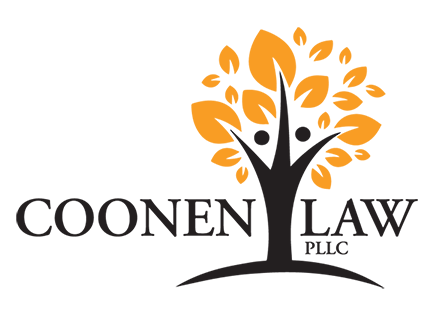Throughout 2020, Congress passed multiple pieces of legislation—most notably the Coronavirus Aid, Relief, and Economic Security (CARES) Act—offering numerous forms of tax relief to help businesses like yours deal with the economic fallout of COVID-19.
That said, these new laws have also created a tangled web of new tax and accounting changes that can be quite challenging to keep track of. To help you sort through all of the new programs and ensure your business takes advantage of the full range of tax breaks available, in this two-part series, we’ll provide answers to some commonly asked questions about the coronavirus-related tax changes for 2020.
Last week in part one, we answered questions about tax changes offered by the Paycheck Protection Program (PPP) and the Employee Retention Tax Credit (ERTC). Here in part two, we'll wrap up this series by answering questions about the Economic Injury Disaster Loan (EIDL) and four additional tax breaks offered by the CARES Act that could save your business even more on your 2020 taxes.
Q: How will the Economic Injury Disaster Loan (EIDL) program affect my taxes?
A: The EIDL program offered two different types of aid for businesses experiencing financial hardship due to COVID-19: a standard loan that must be repaid over a 30-year term and an emergency cash advance that provided a $1,000 grant per employee up to a $10,000 maximum.
The loan option is still available to businesses in need, and because loans aren’t taxed, if you receive the loan, you won’t pay any taxes on it. The cash advance, which does not need to be repaid regardless of whether you get an EIDL, is no longer available. While there hasn’t been any IRS guidance specifically on the cash advance, it most likely will not be taxable.
The IRS has consistently held that payments made to taxpayers due to natural disasters fall under the “general welfare exception” of the tax code and aren’t taxable. However, the IRS has not issued final guidance to confirm this yet, so contact us for the latest updates.
Q: Are there any other tax breaks included in the CARES Act I should know about?
A: In addition to the PPP, ERTC, and EIDL, the CARES Act also includes temporary changes and updates to federal income tax laws that may offer your business even more tax breaks in 2020. The most notable of these include:
Changes to NOL carrybacks: The CARES Act temporarily removes restrictions the Tax Cut and Jobs Act (TCJA) placed on net operating loss (NOL) carrybacks. If your business had an NOL in 2018, 2019, or 2020, you can now carry back the NOL for 5 years to offset all of the taxable income in those years. For example, if you have an NOL in 2020, that loss can be carried back to 2015.
Such NOL carrybacks allow you to claim refunds for taxes paid in the carryback years. And because tax rates were significantly higher before the TCJA went into effect in 2018, NOLs carried back to those years can result in hefty refunds. If you have available NOLs, you can obtain your refund immediately by filing amended returns for the applicable years.
Increased business interest deduction: For 2019 and 2020, the amount of interest expense your business is allowed to deduct on your tax return is increased to 50% from 30% of your adjusted taxable income. Any business interest expense that isn't allowed as a deduction for the year is carried forward to the following year.
For 2020, you can apply the 50% deduction limit based on your 2019 income. This change should increase the interest expense deduction for your business, since the vast majority of companies will have more taxable income in 2019 than 2020 due to COVID-19.
Immediate refund for AMT credit: If you were eligible to receivecorporate alternative minimum tax (AMT) credits at the end of 2021, you can now claim a refund immediately.
Bonus depreciation on qualified improvement property: If you made certain improvements to the interior of your business space, you can now treat the costs as fully deductible using bonus depreciation in the year in which you placed the property in service. This means you could have an immediate write-off equaling 100% of your business improvement costs in the year they were incurred. Previously, such costs had to be depreciated over 39 years.
Don’t miss out
Most of these changes are only temporary, so if you fail to take advantage of these tax breaks this year, you’ll miss out on huge tax-savings opportunities that likely won’t ever come again. What’s more, you can access many of these forms of relief right now, so you shouldn’t wait until the end of the year to take advantage of these programs.
Yet, because these changes are so complex and your state and local tax laws may have additional requirements, you should consult with us, as your Family Business Lawyer™, in conjunction with your CPA for support. We can work with you and your CPA to help you choose the tax breaks best suited for your business and ensure you get the maximum benefit from the ones you qualify for.
We offer a complete spectrum of legal services for business owners and can help you make the wisest choices on how to deal with your business throughout life and in the event of your death. We also offer you a LIFT Your Life And Business Planning Session, which includes a review of all the legal, insurance, financial, and tax systems you need for your business. Schedule online today.

